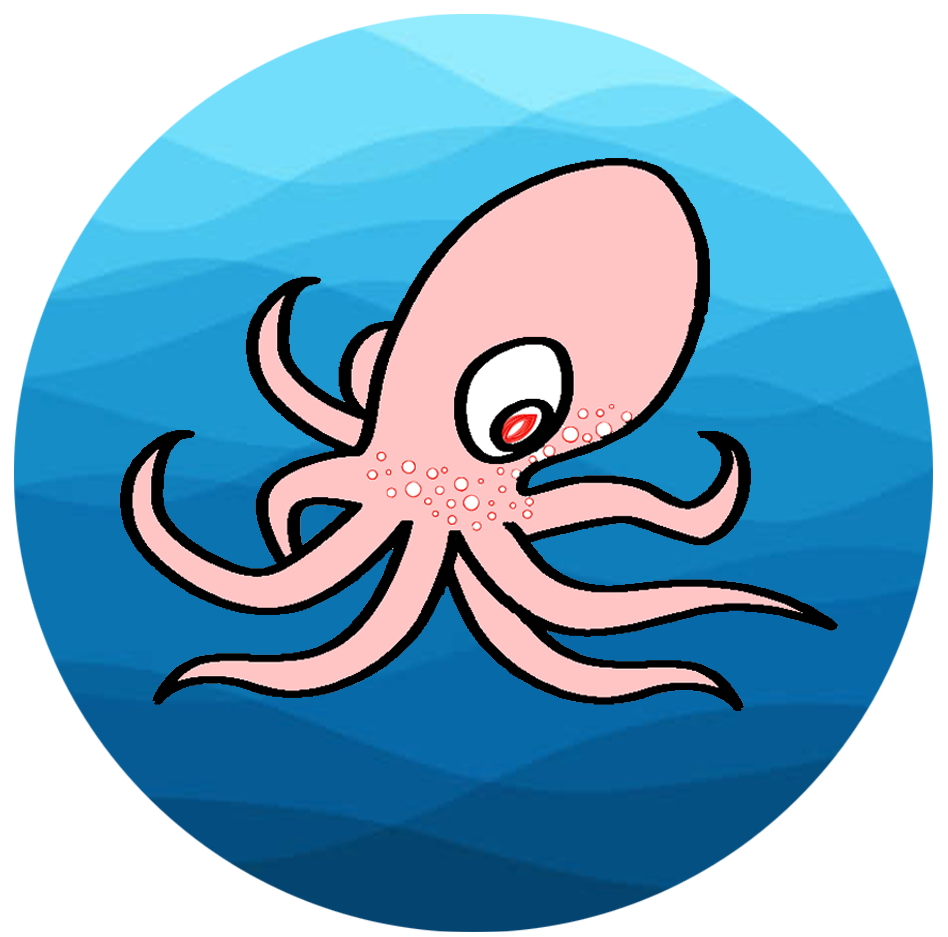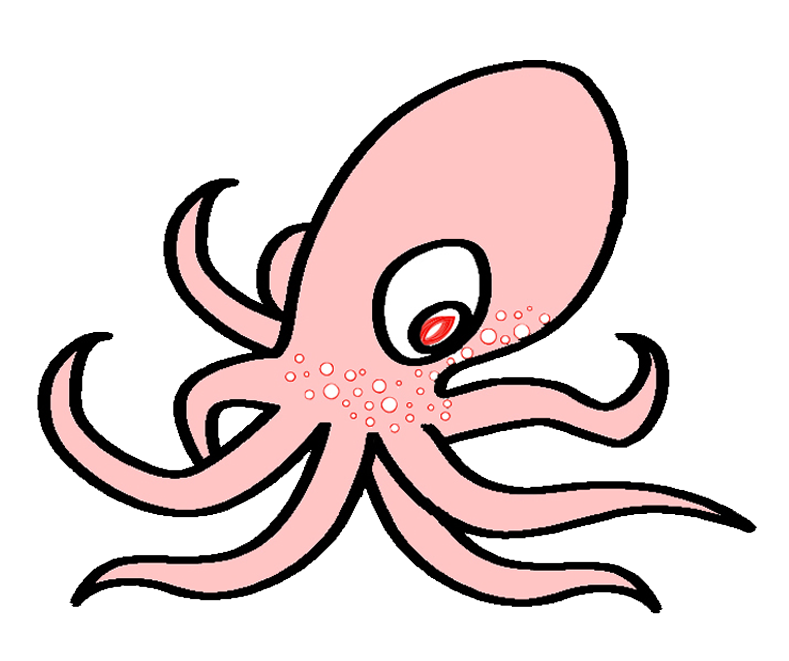Visit La Pointe Courte in Sète
Le Pouffre and Le Piade***
Visit La Pointe Courte in Sète
La Pointe Courte, Sète’s authentic fishing district
The history of La Pointe Courte began in the mid-19th century when construction work began on the railroad. Once completed, fishermen settled in this area, open to the lagoon, but also very close to the Cadre Royal leading to the Mediterranean Sea. A small port and houses were built, and the neighbourhood was formed.
More than 150 years later, I invite you to stop off at this fishermen’s district par excellence, far from the urban centre, protected from the din of traffic. It’s a purely Sétois neighbourhood, where property generally stays in the family. The district has carefully preserved the marks of its past, with picturesque alleyways and fishermen’s cottages; just look at the street names to get a feel for the atmosphere of this atypical neighbourhood.
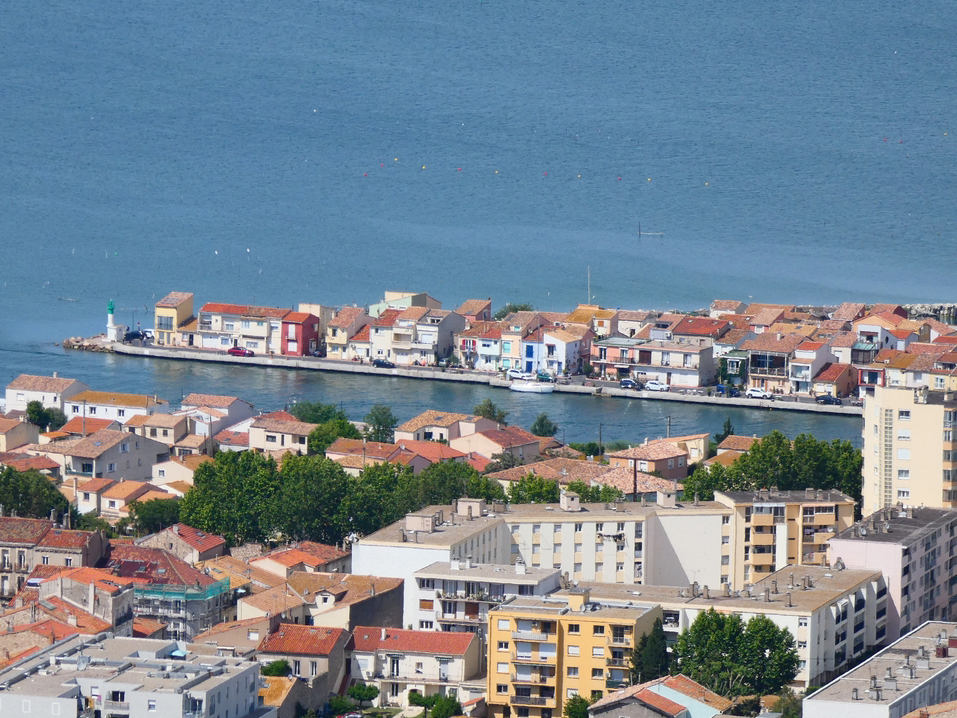
La Pointe Courte, Sète’s fishing district, seen from Mont Saint Clair
Originally, La Pointe Courte consisted of fishermen’s shacks made of odds and ends, boats, traps and fishing nets drying in the sun. It has since grown richer and richer while retaining a pleasant air of authenticity. Nowadays, the houses have changed shape, but the huts and the smell of fresh fish remain.
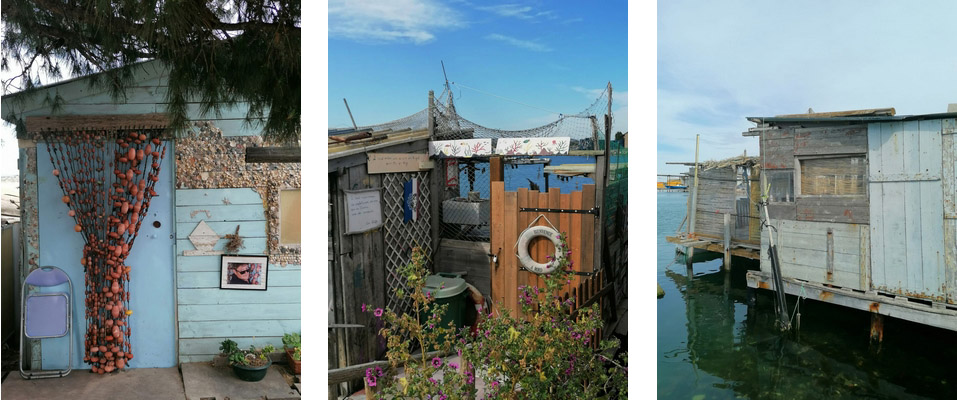
The fishermen’s huts at Sète’s La Pointe Courte
Small-scale fishing
The “pointus”, as the people who lived there were known, made their living from small-scale fishing in the Thau lagoon, shaping their own identity just as unique as their little neighbourhood. Today, the fishermen in their yellow oilskins still gather on the spot to store their gear, meet up and catch some fine sea bream, unperturbed by curious passers-by.
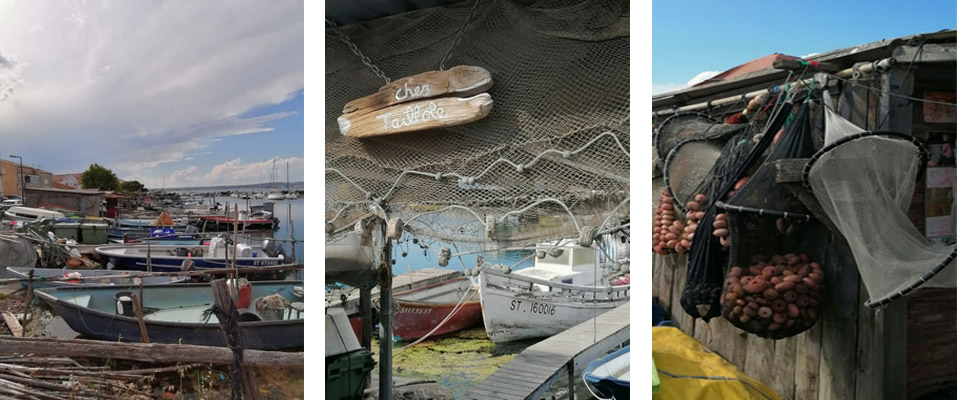
Fishing nets at La Pointe Courte in Sète
“La Pointe Courte”, a film by Agnès Varda
La Pointe Courte was featured in Agnès Varda’s film “La Pointe Courte“, shot from 10 August to 30 September 1955, with Philippe Noiret and Silvia Monfort. In tribute to the filmmaker, American artist and activist Barbara Carrasco painted a portrait of Agnès Varda on the wall of a house in La Pointe Courte during the 2019 Sète-Los Angeles International Contemporary Art Festival, during which 100 works by 28 Sète and Californian artists were exhibited on the walls of Sète and in five exhibition venues. Agnès Varda took part in the first meetings leading up to this festival last year, before her death on 29 March 2019.
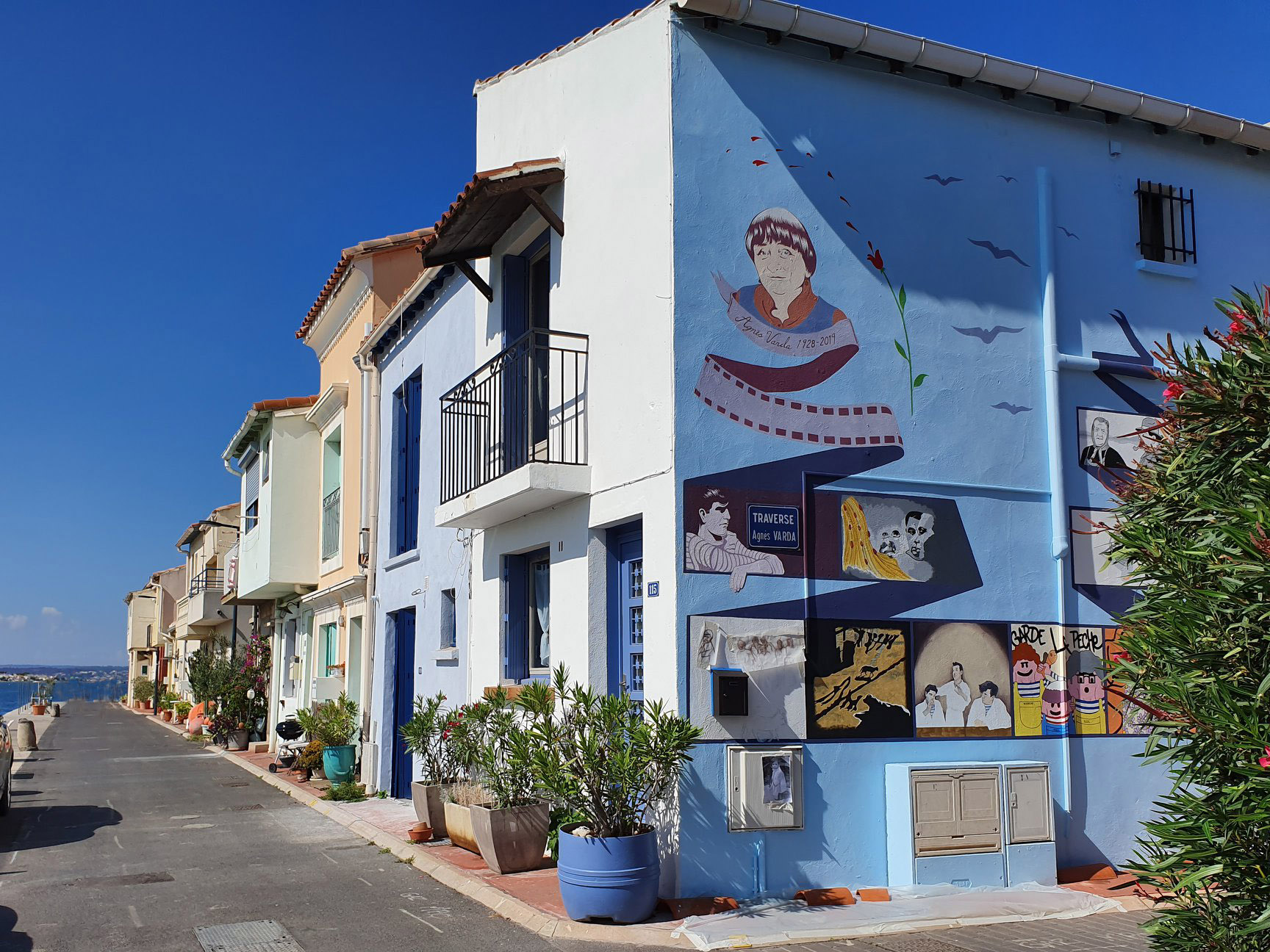
Fresco by American artist Barbara Carrasco painted on the wall of a house on the Pointe Courte in Sète during the Sète-Los Angeles 2019 art event.
Cat shelter at La Pointe Courte

Cats are everywhere at La Pointe Courte! One of the wooden sheds is a shelter for cats run by the Pattes de Velours association.
Enjoy some food and relax…
As you explore La Pointe Courte, you’ll come across Le Passage, a restaurant with a terrace that’s almost right on the water. Very typical of La Pointe Courte, you can enjoy a drink, tapas or oysters, or even a lunch of excellent grilled meats with a fine view of the canal opening onto the Thau lagoon.
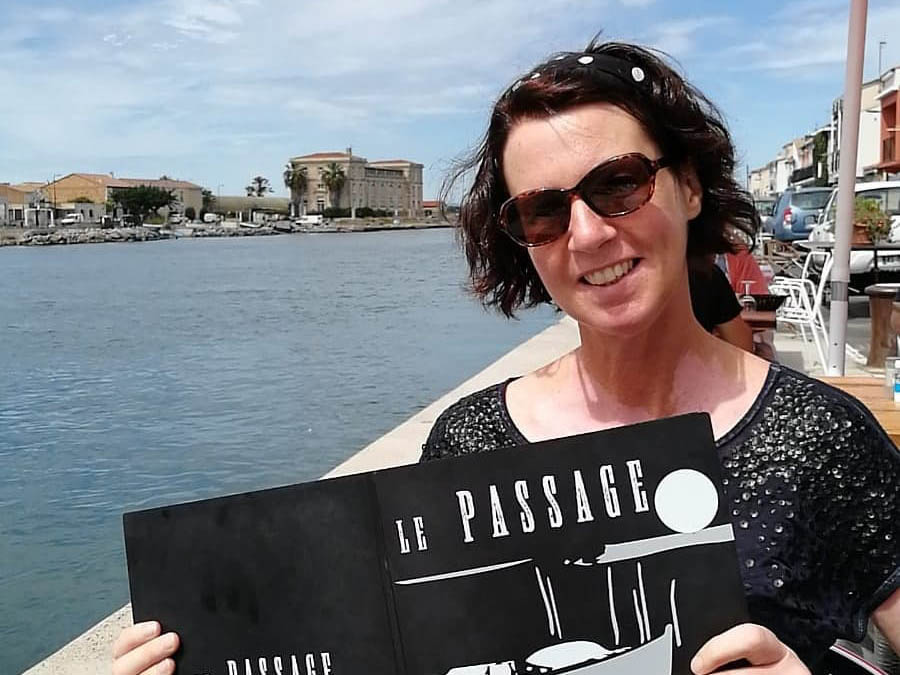
Le Passage restaurant at La Pointe Courte in Sète
At the Georges Brassens dike, at the entrance to La Pointe Courte, first right after the car park the fishermen’s huts take you back in time. Pass by a line of these fishermen’s huts with their signs here and there, and have a drink and some shellfish at Les Copains d’abord at the end of the dike and on the banks of the Thau lagoon. Fortunately, there are still places in France where you can feel the authenticity of the past.
La Pointe Longue and its marine station
Opposite La Pointe Courte is La Pointe Longue, or La Plagette, which houses an impressive building. Founded in 1879 by Armand Sabatier, a medical anatomist and professor of zoology at the University of Montpellier’s Faculty of Science, at the same time as the great marine stations of Roscoff, Banyuls, Villefranche and Monaco, Sète’s Marine Station is a base for research, observation and training in the field of marine biology. The scientific activities are focused on observation and experimentation, with a particular interest in marine ecology (food webs, microbiology), marine population biology (genetics, parasitology, ecophysiology) and the quality of coastal and lagoon environments.
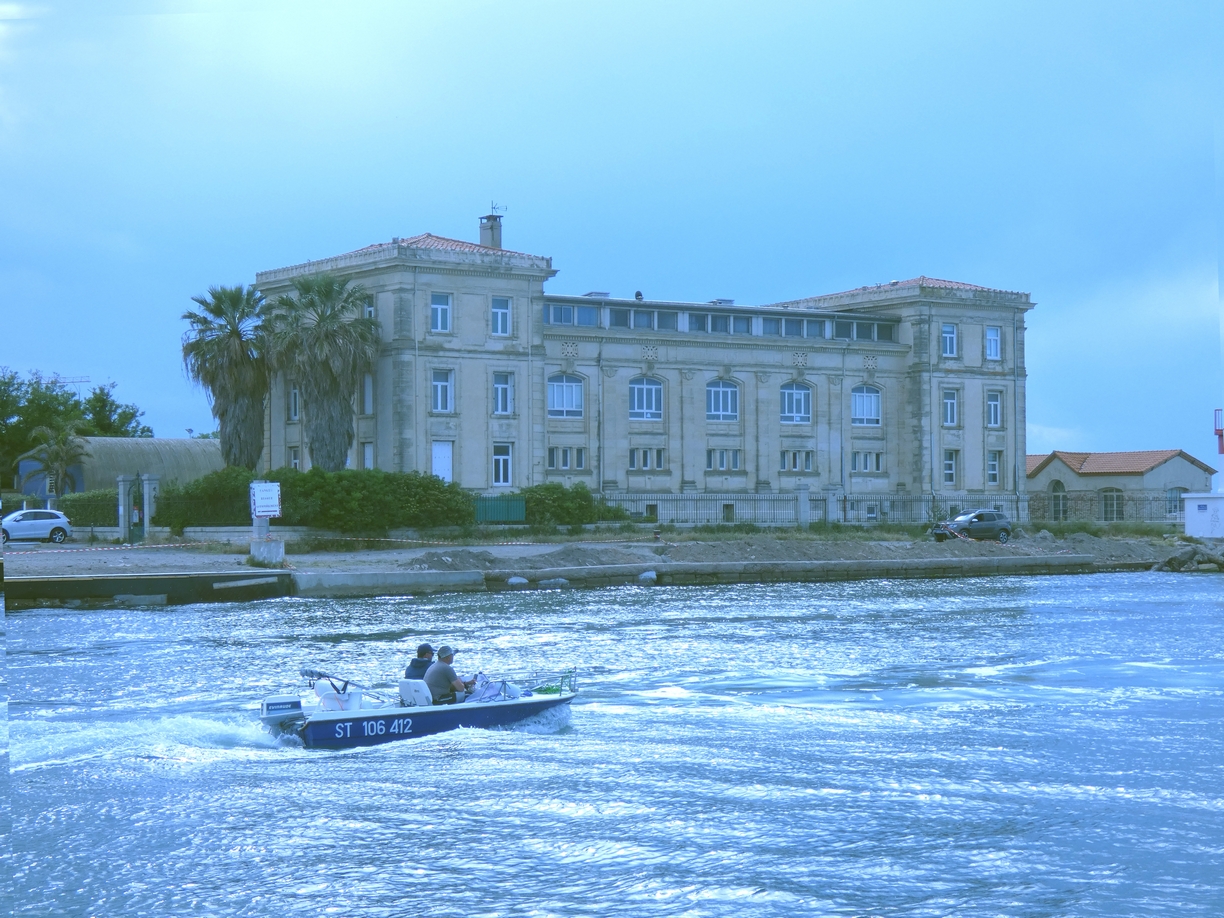
Sète’s Marine Station, part of the University of Montpellier
Sadi Carnot lifting bridge
Located on a strategic road axis for the town and its surrounding area, the new 430-tonne structure, which provides a continuous navigable link between the sea and the Thau lagoon, was placed on Friday, 12 July 2019 after 11 months of construction work. The colossal project involved replacing the previous 70-year-old structure, which was rusting and dilapidated. The new bridge was transported by barge from the Venice region of Italy, where it was manufactured. The 76-metre-long, 24-metre-wide convoy was no mean feat – in places, only one metre separated the barge from the quay.
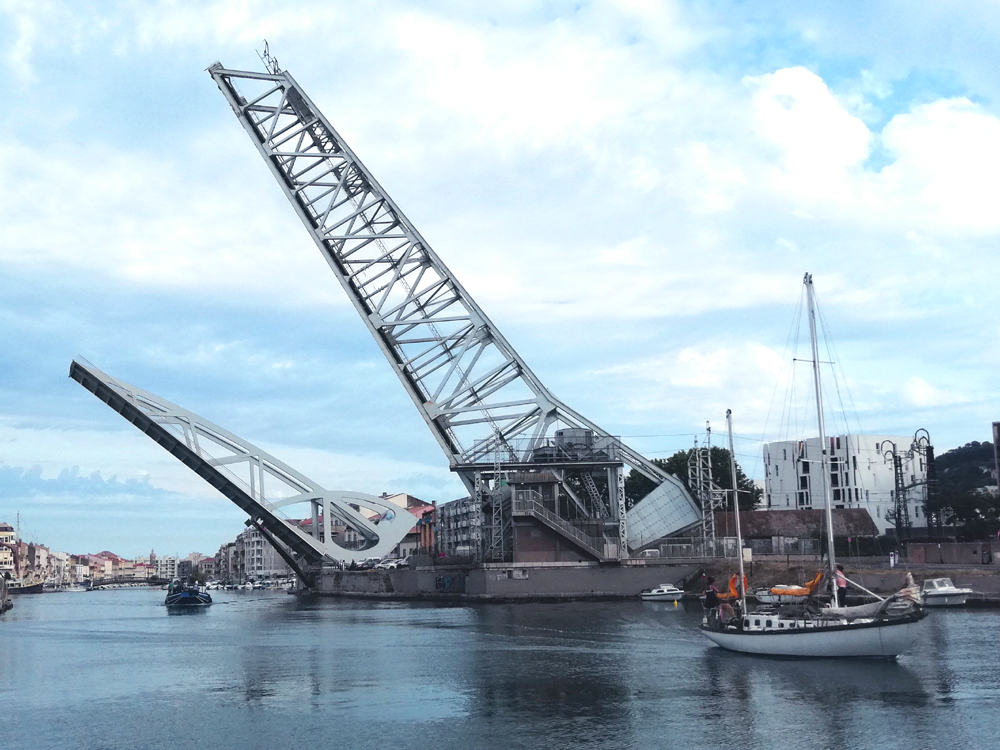
Sadi Carnot and Maréchal-Foch lift bridges in Sète
Cuttlefish stew
As La Pointe Courte was once inhabited mainly by fishermen and their families, fish was the staple diet. The local gastronomy has therefore developed fragrant and convivial recipes around seafood. La rouille de seiche, or cuttlefish stew, made with freshly caught fish from Les Halles, has become an emblematic recipe of Sète’s cuisine.
Cuttlefish stew recipe
- Step 1: Cut 2 kg cuttlefish strips into 1.5 cm-wide pieces, or use small cuttlefish.
- Step 2: Cover and cook for 5 min over low heat in a casserole dish with olive oil.
- Step 3: Add one minced onion and one minced garlic clove, season with salt and pepper.
- Step 4: Add a peeled, seeded and diced tomato, a bottle of tomato pulp and a coulis.
- Step 5: Add 20 cl white wine and adjust the seasoning.
Step 6: Simmer for about 1 hour until the cuttlefish are tender, then add a pinch of saffron at the last minute.
Enjoy!
Note: All photos are the property of Leigh and Mehdi Kamraoui and lepouffre.com. They are not royalty free.
